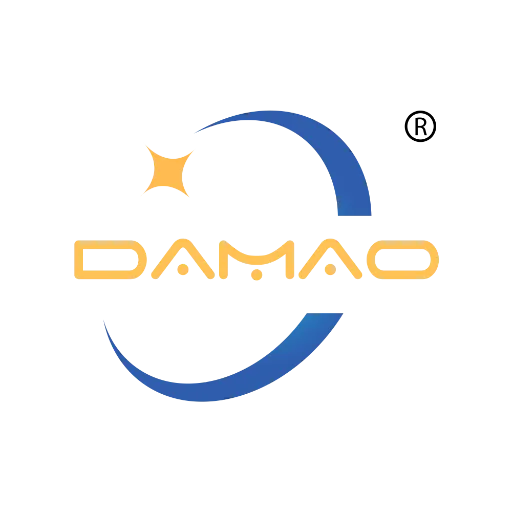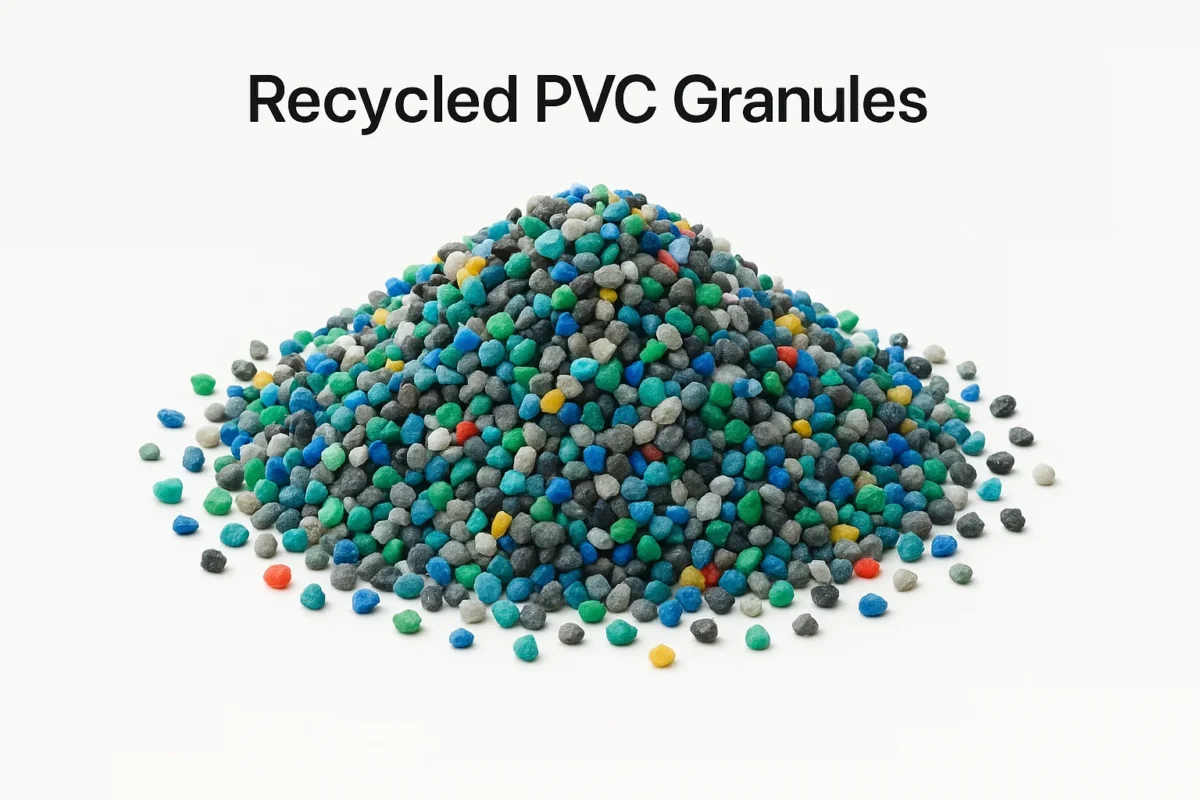Polyvinyl Chloride (PVC) is one of the world’s most versatile and durable plastics, essential for everything from pipes and flooring to window frames and cables. Its longevity, however, also presents an environmental challenge. The solution? Recycled PVC (rPVC) pellets—a powerful, eco-conscious material that delivers the robust performance you expect from PVC while championing a truly circular economy.
By transforming post-industrial and post-consumer PVC waste into high-quality raw materials, rPVC pellets offer manufacturers a clear path to meet sustainability targets without ever sacrificing strength, chemical resistance, or long-term durability.
The Transformation Process: How PVC Waste Becomes a Resource
Recycling PVC requires a precise, multi-stage process to ensure the final pellets are pure and high-performing. The journey separates different types of PVC and removes impurities to create a reliable manufacturing-grade material.
- Sourcing and Sorting: The process starts by collecting post-consumer and post-industrial PVC waste. This includes old pipes, window profiles, vinyl siding, flooring, and electrical cable sheathing. A crucial first step is sorting the material into its two main forms: rigid and flexible PVC.
- Shredding and Grinding: The sorted PVC is washed and then fed into industrial shredders and grinders. This equipment breaks down the bulky items into small, uniform flakes.
- Purification and Separation: The flakes undergo an advanced purification process. This may involve float-sink tanks, electrostatic separation, or other technologies to remove contaminants like metal, wood, rubber, and other plastics.
- Melting and Pelletizing: The clean, pure PVC flakes are fed into an extruder. They are melted under controlled temperatures, blended for consistency, and then forced through a die. The resulting spaghetti-like strands are instantly cooled and chopped into small, uniform rPVC pellets.
- Quality Assurance: Each batch is rigorously tested for quality, including color, rigidity, chemical composition, and melt flow index (MFI), ensuring it meets the specific requirements for its next application.
Key Advantages: Why Choose Recycled PVC?
Integrating rPVC pellets into your production line offers significant advantages that benefit your products, your budget, and the planet.
- Exceptional Durability and Resistance: rPVC retains the hallmark properties of virgin PVC, including outstanding resistance to weathering, chemicals, and abrasion, making it perfect for long-lasting applications.
- Major Environmental Benefits: Using rPVC dramatically reduces the amount of plastic sent to landfills, conserves fossil fuels, and results in a significantly lower carbon footprint compared to producing new PVC.
- Cost-Effective and Stable: Recycled PVC is often a more economical option than virgin material, providing price stability and helping you manage production costs effectively.
- Promotes a Circular Economy: By creating demand for recycled materials, you play a vital role in closing the loop on plastic waste and building a more sustainable industrial ecosystem.
Versatile by Nature: Common Applications for rPVC
The strength and versatility of recycled PVC make it a go-to material across numerous key sectors:
- Construction & Building: Pipes, conduits, window and door profiles, vinyl siding, fencing, and decking.
- Flooring: Durable floor tiles, vinyl flooring, and mats.
- Automotive: Interior trim, floor mats, mud flaps, and wire insulation.
- Electrical: Sheathing and insulation for cables and wires.
- Consumer Goods: Garden hoses, footwear (like rain boots), and various molded products.
Frequently Asked Questions (FAQ)
1. Are recycled PVC pellets as durable as virgin PVC?
Yes. When recycled using modern, controlled processes, rPVC pellets maintain the vast majority of their original mechanical properties. They exhibit excellent tensile strength, chemical resistance, and weatherability, making them a reliable and durable material for even demanding applications like construction pipes and window frames.
2. Can you recycle both rigid and flexible PVC?
Absolutely. Both rigid PVC (like pipes and profiles) and flexible PVC (like cables and flooring) are widely recycled. However, they must be sorted and processed separately because they have different formulations and properties. The resulting pellets are then used to create new rigid or flexible products, respectively.
3. Is recycled PVC safe for use in construction and consumer products?
Yes. The PVC recycling process includes rigorous cleaning and purification stages to remove contaminants. The final rPVC pellets must meet industry safety and performance standards, making them safe for their intended applications, from building materials to consumer goods.
4. What are the main applications for recycled PVC?
The most common applications are in the construction industry, where rPVC is used for pipes, flooring, and profiles. It’s also widely used for automotive parts, electrical cables, and various industrial and consumer products that require a durable, long-lasting material.
Ready to build with strength and sustainability?
Choose Recycled PVC Pellets for a high-performance material that aligns with your environmental goals. Contact Us Today to discover the right grade for your application or to learn about the PVC recycling systems that make it possible!

